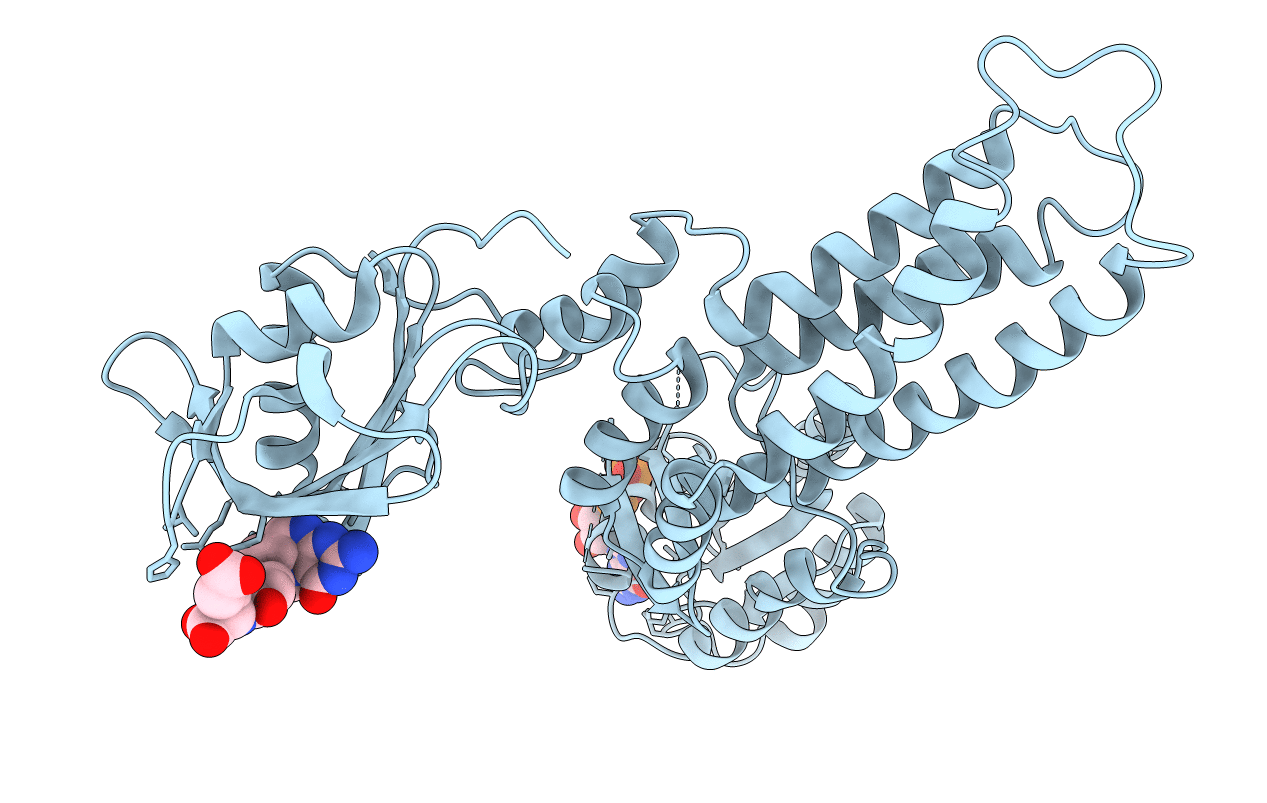
Deposition Date
2009-02-25
Release Date
2009-10-27
Last Version Date
2023-11-01
Entry Detail
PDB ID:
3GEE
Keywords:
Title:
Crystal structure of MnmE from Chlorobium tepidum in complex with GDP and FOLINIC ACID
Biological Source:
Source Organism:
Chlorobium tepidum (Taxon ID: 1097)
Host Organism:
Method Details:
Experimental Method:
Resolution:
2.95 Å
R-Value Free:
0.26
R-Value Work:
0.23
R-Value Observed:
0.23
Space Group:
I 41 2 2


